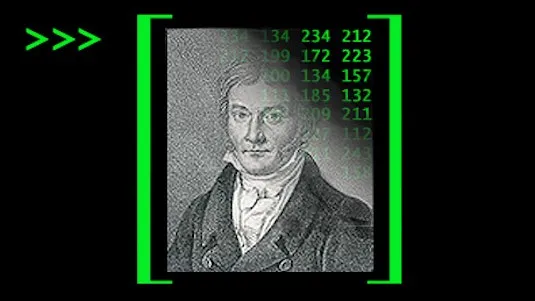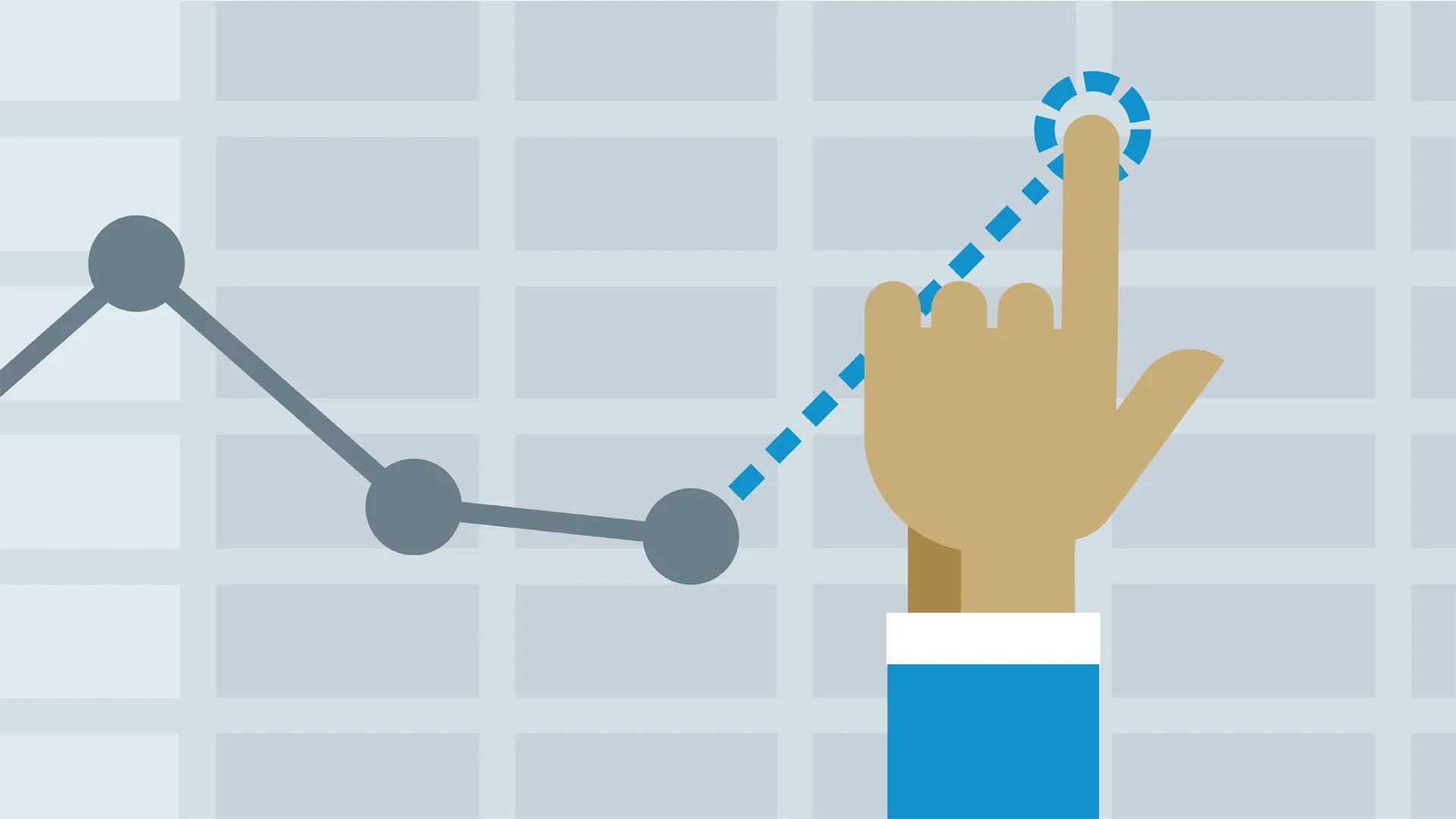
Coding the Matrix: Linear Algebra through Computer Science Applications 
This course explores the use of linear algebra in computer science applications, with a focus on matrices and vectors. It provides an understanding of how these concepts are used in various areas of computer science, such as graphics, image processing, cryptography, and more. ▼
ADVERTISEMENT
Course Feature
![]() Cost:
Cost:
Free
![]() Provider:
Provider:
Coursera
![]() Certificate:
Certificate:
Paid Certification
![]() Language:
Language:
English
![]() Start Date:
Start Date:
2nd Feb, 2015
Course Overview
❗The content presented here is sourced directly from Coursera platform. For comprehensive course details, including enrollment information, simply click on the 'Go to class' link on our website.
Updated in [March 06th, 2023]
This course, Coding the Matrix: Linear Algebra through Computer Science Applications, provides an introduction to linear algebra and its applications in computer science. Students will learn the concepts and methods of linear algebra, and how to use them to think about problems arising in computer science. They will write small programs in the programming language Python to implement basic matrix and vector functionality and algorithms, and use these to process real-world data to achieve tasks such as two-dimensional graphics transformations, face morphing, face detection, image transformations, image perspective removal, classification of tumors, integer factorization, error-correcting codes, and secret-sharing.
The course will begin with an introduction to linear algebra, including the basics of matrices and vectors, and their operations. Students will then learn how to use Python to implement basic matrix and vector functionality and algorithms. They will also learn how to use linear algebra to solve problems in computer science, such as two-dimensional graphics transformations, face morphing, face detection, image transformations, image perspective removal, classification of tumors, integer factorization, error-correcting codes, and secret-sharing.
Throughout the course, students will be encouraged to think critically and apply their knowledge to solve real-world problems. They will also be encouraged to explore the applications of linear algebra in other areas, such as cryptography, machine learning, computer vision, optimization, graph algorithms, quantum computation, computational biology, information retrieval, and web search.
At the end of the course, students will have a solid understanding of linear algebra and its applications in computer science. They will be able to use Python to implement basic matrix and vector functionality and algorithms, and use these to process real-world data to achieve tasks such as two-dimensional graphics transformations, face morphing, face detection, image transformations, image perspective removal, classification of tumors, integer factorization, error-correcting codes, and secret-sharing.
[Applications]
Suggestions for the application of this course include using the concepts and methods of linear algebra to think about problems arising in computer science, writing small programs in Python to implement basic matrix and vector functionality and algorithms, and using these to process real-world data to achieve tasks such as two-dimensional graphics transformations, face morphing, face detection, image transformations, image perspective removal, classification of tumors, integer factorization, error-correcting codes, and secret-sharing.
[Career Paths]
1. Data Scientist: Data Scientists use linear algebra to analyze large datasets and uncover patterns and trends. They use linear algebra to develop predictive models and algorithms to help businesses make better decisions. Data Scientists are in high demand and the field is expected to continue to grow as more companies rely on data-driven decision making.
2. Machine Learning Engineer: Machine Learning Engineers use linear algebra to develop algorithms and models that can learn from data and make predictions. They use linear algebra to create algorithms that can identify patterns in data and make decisions without human intervention. The field of machine learning is rapidly growing and Machine Learning Engineers are in high demand.
3. Computer Vision Engineer: Computer Vision Engineers use linear algebra to develop algorithms and models that can interpret images and videos. They use linear algebra to create algorithms that can identify objects in images and videos and make decisions based on the data. The field of computer vision is rapidly growing and Computer Vision Engineers are in high demand.
4. Robotics Engineer: Robotics Engineers use linear algebra to develop algorithms and models that can control robots. They use linear algebra to create algorithms that can interpret data from sensors and make decisions based on the data. The field of robotics is rapidly growing and Robotics Engineers are in high demand.
[Education Paths]
1. Bachelor's Degree in Computer Science: A Bachelor's Degree in Computer Science is a great way to gain a comprehensive understanding of the fundamentals of computer science and its applications. This degree will provide students with the knowledge and skills necessary to develop software, design algorithms, and analyze data. Additionally, students will learn about linear algebra and its applications in computer science, such as graphics, image processing, cryptography, machine learning, computer vision, optimization, graph algorithms, quantum computation, computational biology, information retrieval, and web search.
2. Master's Degree in Applied Mathematics: A Master's Degree in Applied Mathematics is a great way to gain a deeper understanding of linear algebra and its applications in computer science. This degree will provide students with the knowledge and skills necessary to develop algorithms, analyze data, and solve complex problems. Additionally, students will learn about linear algebra and its applications in computer science, such as graphics, image processing, cryptography, machine learning, computer vision, optimization, graph algorithms, quantum computation, computational biology, information retrieval, and web search.
3. Doctoral Degree in Computer Science: A Doctoral Degree in Computer Science is a great way to gain an advanced understanding of the fundamentals of computer science and its applications. This degree will provide students with the knowledge and skills necessary to develop software, design algorithms, and analyze data. Additionally, students will learn about linear algebra and its applications in computer science, such as graphics, image processing, cryptography, machine learning, computer vision, optimization, graph algorithms, quantum computation, computational biology, information retrieval, and web search.
4. Master's Degree in Data Science: A Master's Degree in Data Science is a great way to gain a comprehensive understanding of the fundamentals of data science and its applications. This degree will provide students with the knowledge and skills necessary to develop software, design algorithms, and analyze data. Additionally, students will learn about linear algebra and its applications in data science, such as machine learning, natural language processing, computer vision, and predictive analytics. The development of data science is a rapidly growing field, and this degree will provide students with the skills necessary to stay ahead of the curve.
Course Provider

Provider Coursera's Stats at AZClass
Discussion and Reviews
0.0 (Based on 0 reviews)
Explore Similar Online Courses

How To Build A Successful Shopify Dropshipping Store + Brand

Introduction to Data Analysis using Excel

Python for Informatics: Exploring Information

Social Network Analysis

Introduction to Systematic Review and Meta-Analysis

The Analytics Edge

DCO042 - Python For Informatics

Causal Diagrams: Draw Your Assumptions Before Your Conclusions

Whole genome sequencing of bacterial genomes - tools and applications

Linear Algebra: Help & Tutorials

Eigenvectors and Eigenvalues

Linear Algebra Refresher Course
 Related Categories
Related Categories
Quiz
 Submitted Sucessfully
Submitted Sucessfully
1. What is the main purpose of this course?
2. Which of the following is not a task that can be achieved by using linear algebra?
3. What is the main element of linear algebra?


Start your review of Coding the Matrix: Linear Algebra through Computer Science Applications